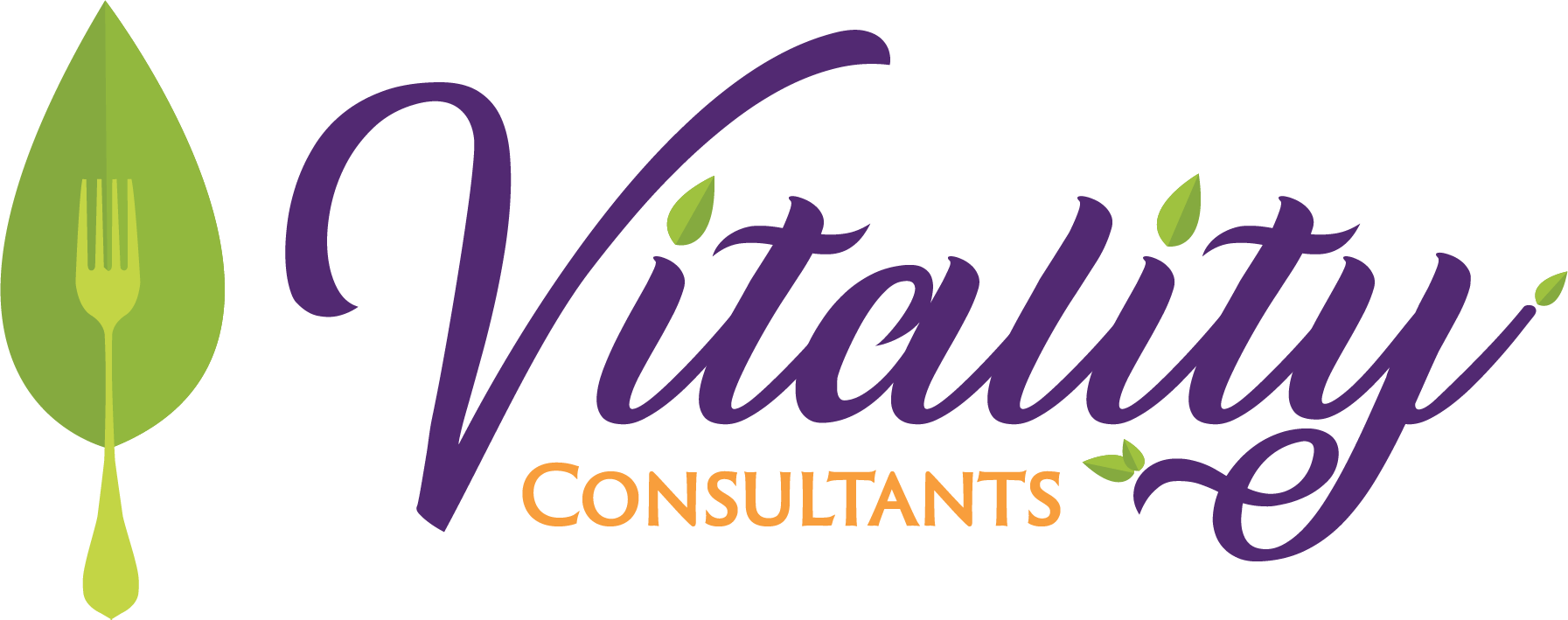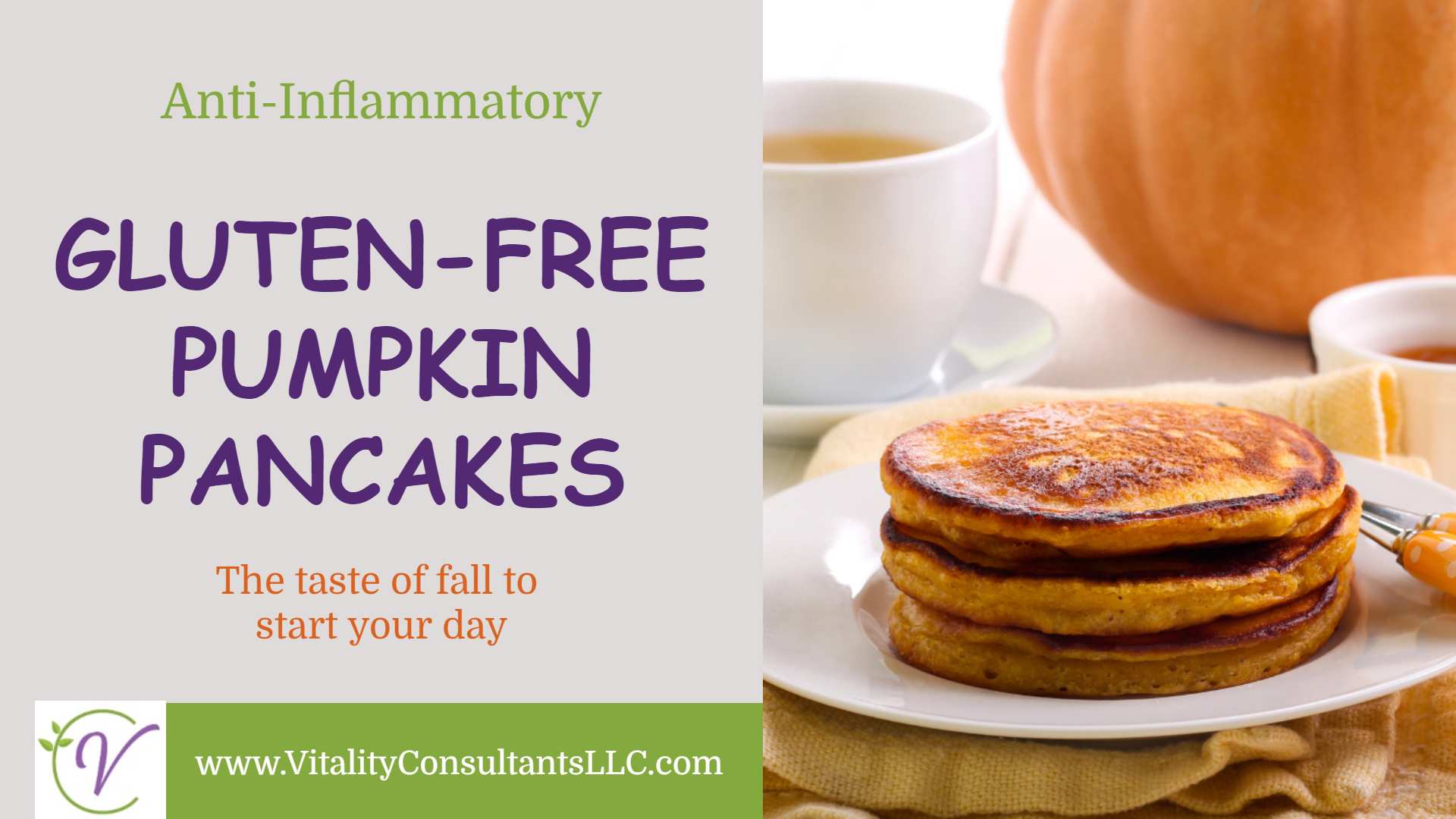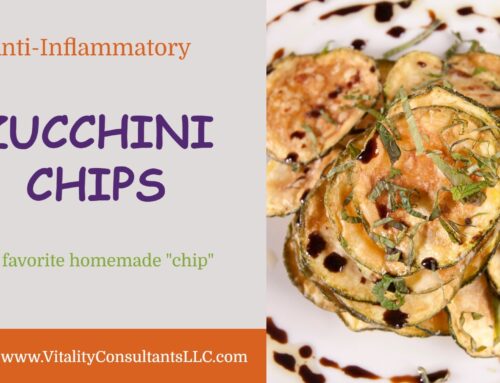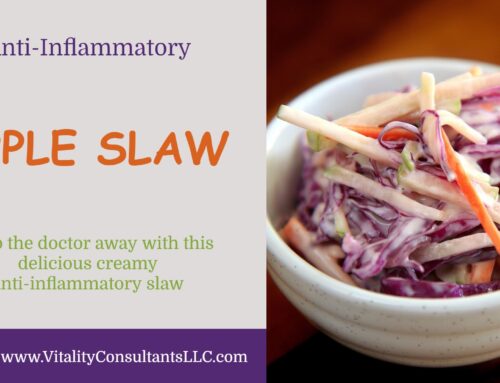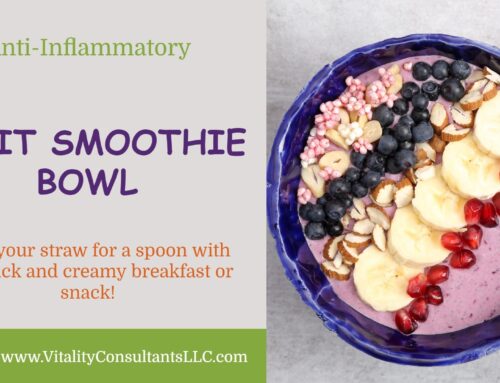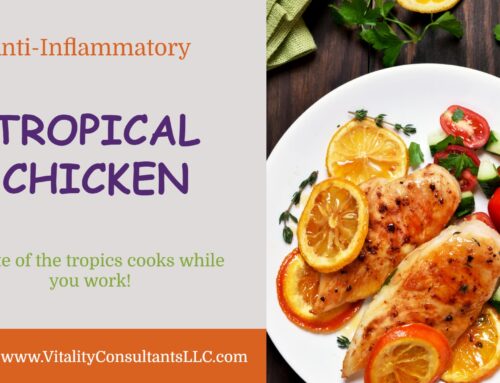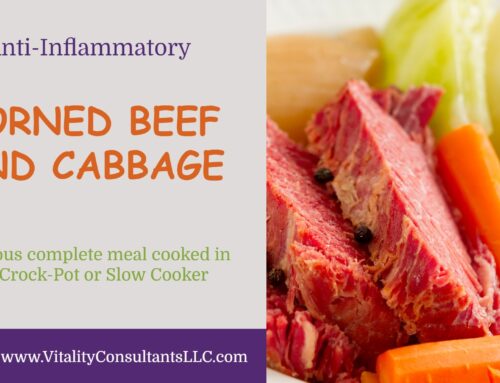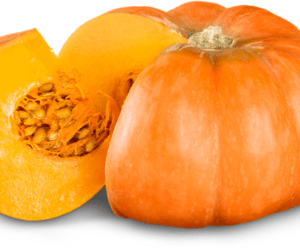 There is probably a lot you don’t know about this “fruit,” including the health benefits of pumpkin. Although pumpkin is nutritionally more similar to vegetables than fruit, pumpkin is scientifically considered a fruit because it contains seeds. This fruit is native to North America and is a type of winter squash that is popular around Halloween and Thanksgiving. How many of you love when the pumpkin spice latte is available at your local coffee shop?
There is probably a lot you don’t know about this “fruit,” including the health benefits of pumpkin. Although pumpkin is nutritionally more similar to vegetables than fruit, pumpkin is scientifically considered a fruit because it contains seeds. This fruit is native to North America and is a type of winter squash that is popular around Halloween and Thanksgiving. How many of you love when the pumpkin spice latte is available at your local coffee shop?
Let’s talk for a minute about the health benefits of pumpkin.
- Because pumpkin is about 90% water, it is relatively low in calories. Besides containing less than 50 calories per cup, pumpkin is rich in fiber which will help keep you feeling fuller longer.
- It is packed with vitamins and minerals and is an excellent source of beta-carotene (note it’s brilliant orange coloring), which your body converts to vitamin A. High vitamin A, lutein and zeaxanthin in pumpkin may protect your eyes against sight loss. As crazy as it sounds, this also allows pumpkin to act as a natural sunblock and helps keep your skin strong and healthy.
- Pumpkin has high antioxidant content which reduces risk of chronic disease such as heart disease and cancer. It is also high in vitamins A and C which help aid the immune system.
- This fruit is delicious, versatile and easy to add to your diet. We have seen it as a popular ingredient in coffee flavorings, pies, cakes, soups and roasted vegetables. The seeds are also edible and may improve bladder and heart health.
Did you know that processing can change pumpkin’s health benefits? This is a great article that we found. It’s worth the read if you like to cook with pumpkin.
How Processing Changes Pumpkin’s Health Benefits
Here’s a case where canned may be better than fresh
Read in Consumer Reports: https://apple.news/ADHozCdM3Q7GJa5tX6ostWA
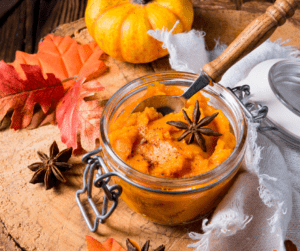 Pumpkin can be found in many varieties. You can buy a whole pumpkin, find it pre-cut or canned.
Pumpkin can be found in many varieties. You can buy a whole pumpkin, find it pre-cut or canned.
- Whole pumpkins have a very tough skin so you may need a few muscles to slice into it. Once you cut it, scoop out the seeds and any stringy parts, then slice the pumpkin into wedges for easiest handling. Just add salt and pepper and roast the pumpkin for a delicious side dish.
- When buying canned pumpkin, be sure to read the labels carefully. Not all canned pumpkin will be 100% pumpkin. Watch this closely and specifically avoid added ingredients such as sugar.
Here is a delicious gluten-free anti-inflammatory breakfast recipe you will love that includes pumpkin:
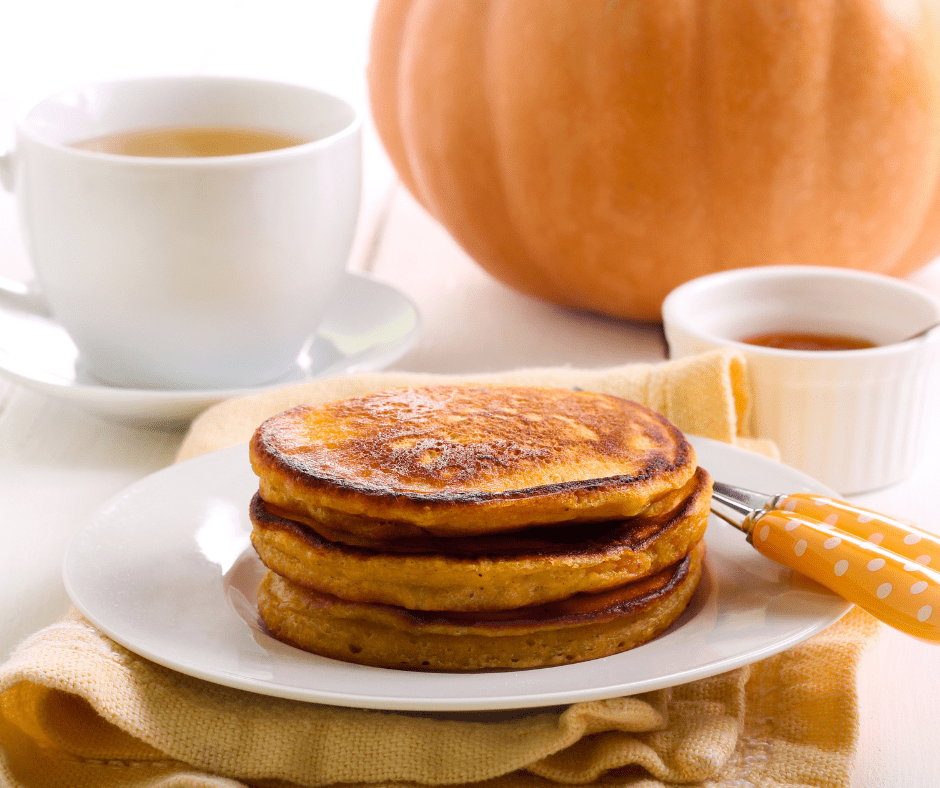
Gluten-Free Pumpkin Pancakes
Ingredients
- 1 cup almond flour
- 2 Tbsp powdered stevia
- 1 tsp baking powder
- ½ tsp baking soda
- ¾ tsp cinnamon
- ¼ tsp nutmeg
- pinch salt
- 1 cup unsweetened vanilla almond milk
- ¾ cup pumpkin puree
- 1 tsp apple cider vinegar
- 1 Tbsp coconut oil
Instructions
- In a large bowl, mix dry ingredients until well combined.
- Add in almond milk, pumpkin and vinegar. Mix batter with a hand mixer on low, until smooth.
- In a large skillet, heat coconut oil over medium heat. Spoon batter into the pan, about 2 Tbsp per pancake, and cook until browned and cooked through, flipping with a spatula. Continue until all batter is used.
- Serve with pure maple syrup or fresh fruit and a sprinkle of cinnamon.
Notes
- If you do not want to use all of the batter at one time, refrigerate it for later use. Or, mix up a double batch and refrigerate the batter to make additional pancakes throughout the week. Want to cook all of the pancakes at once? They freeze well too!
Want free anti-inflammatory recipes, downloadable resources and efficiency tips and tricks from a professional chef? Of course, you do! Click here for the secret sauce!

